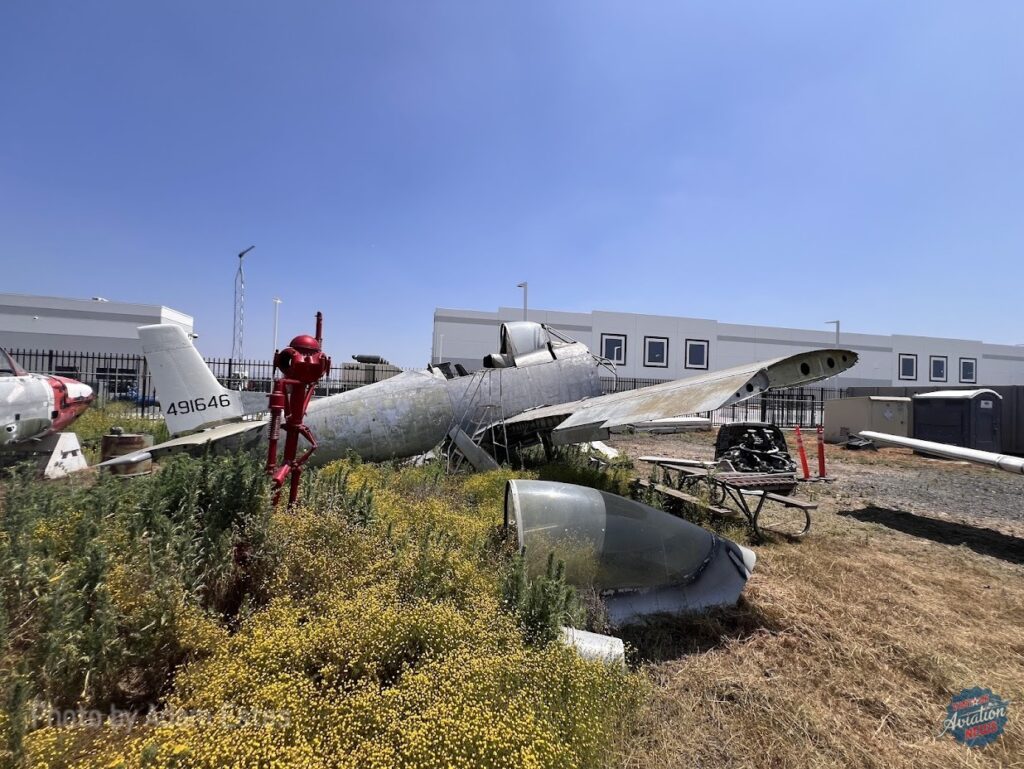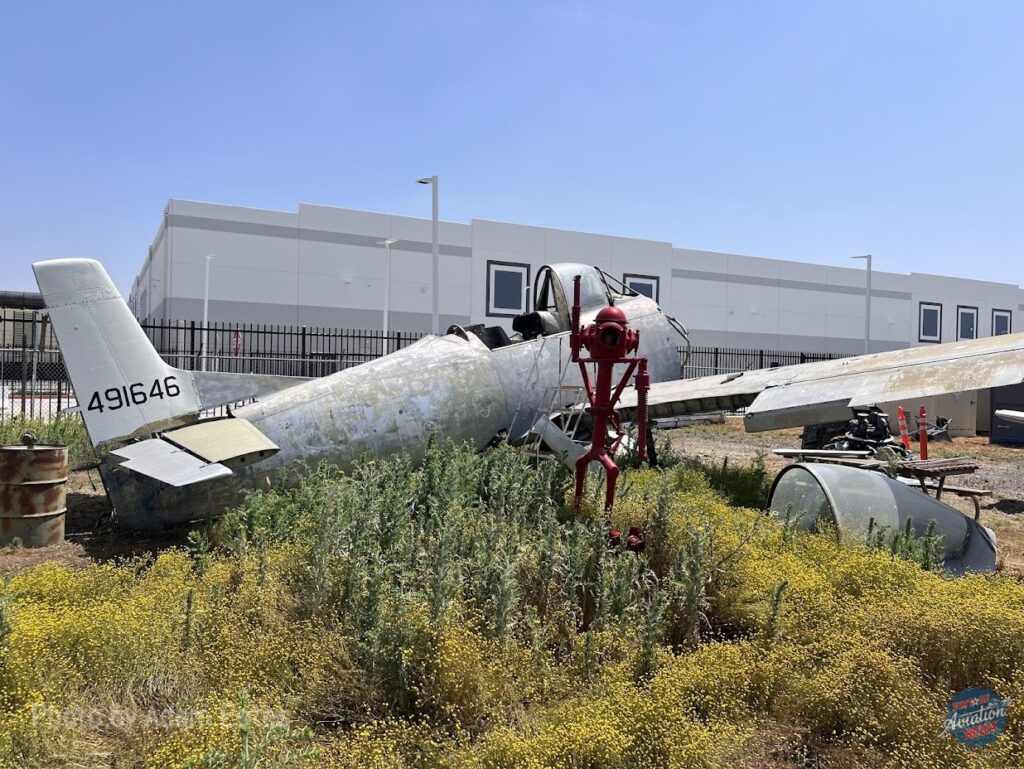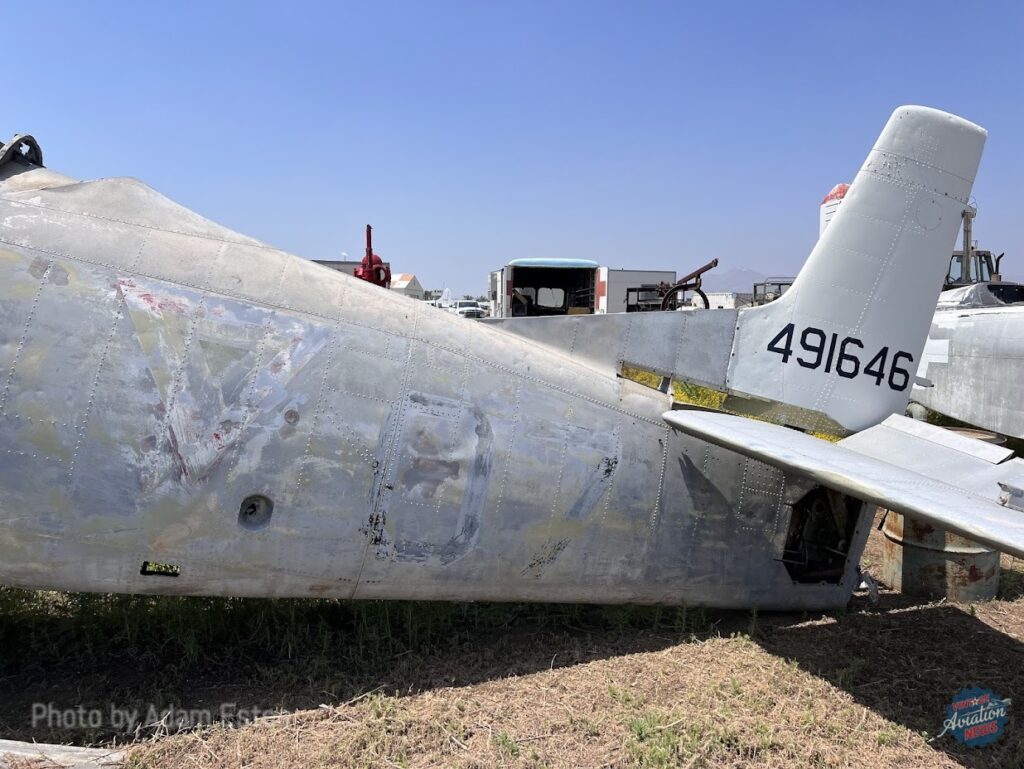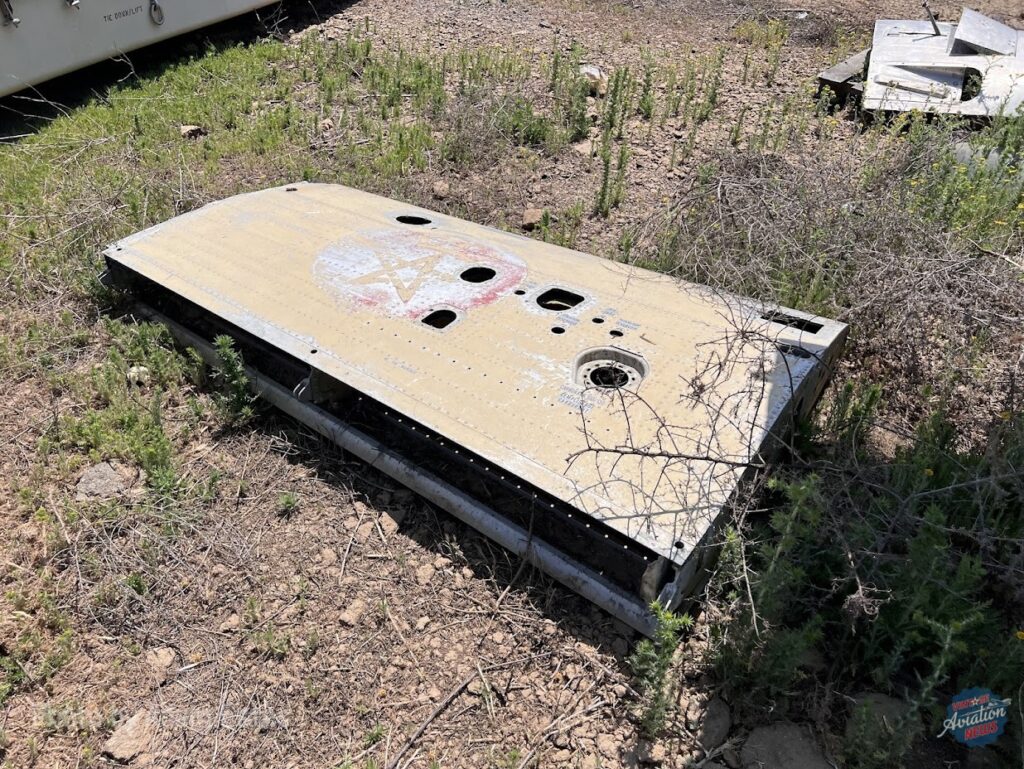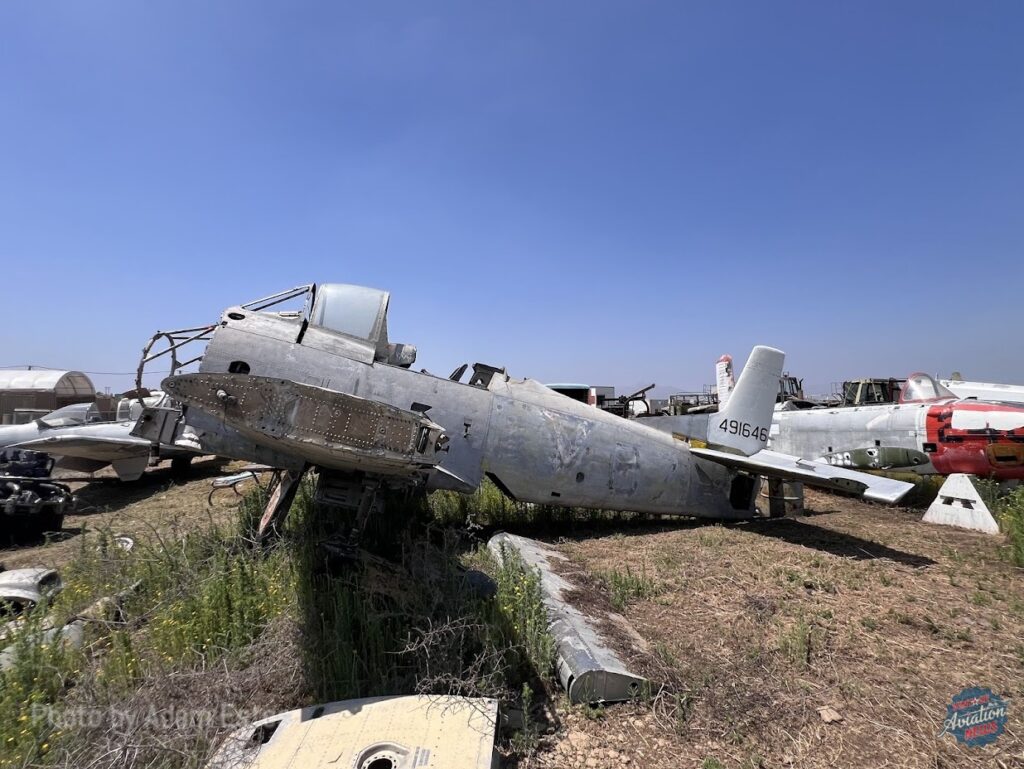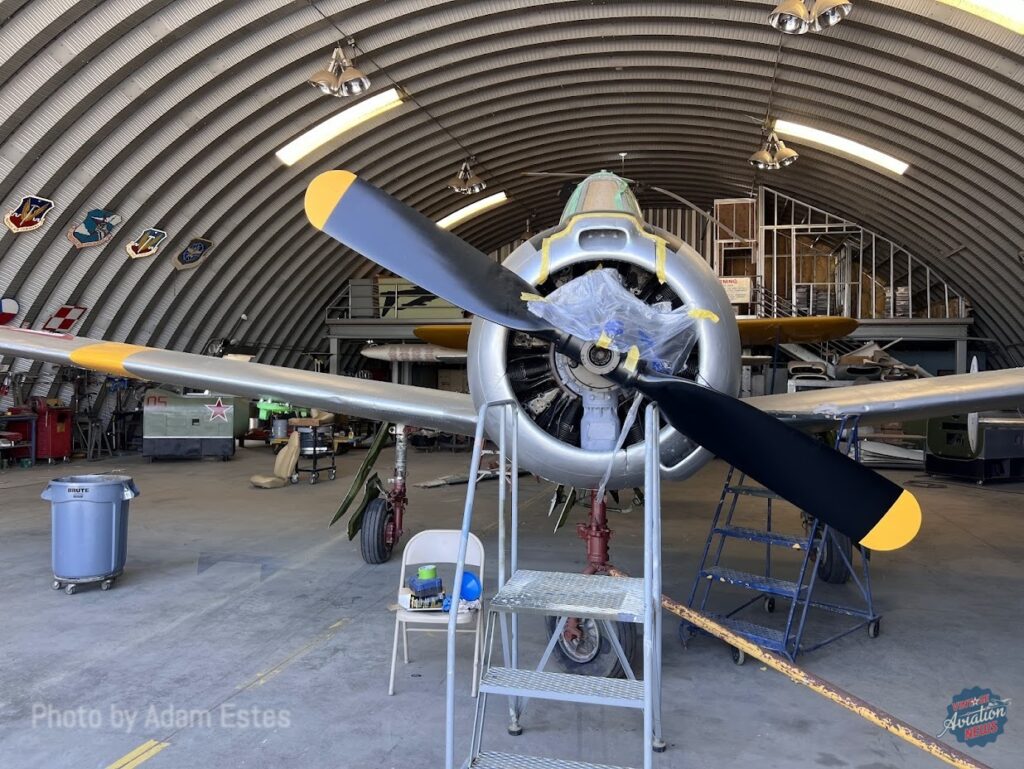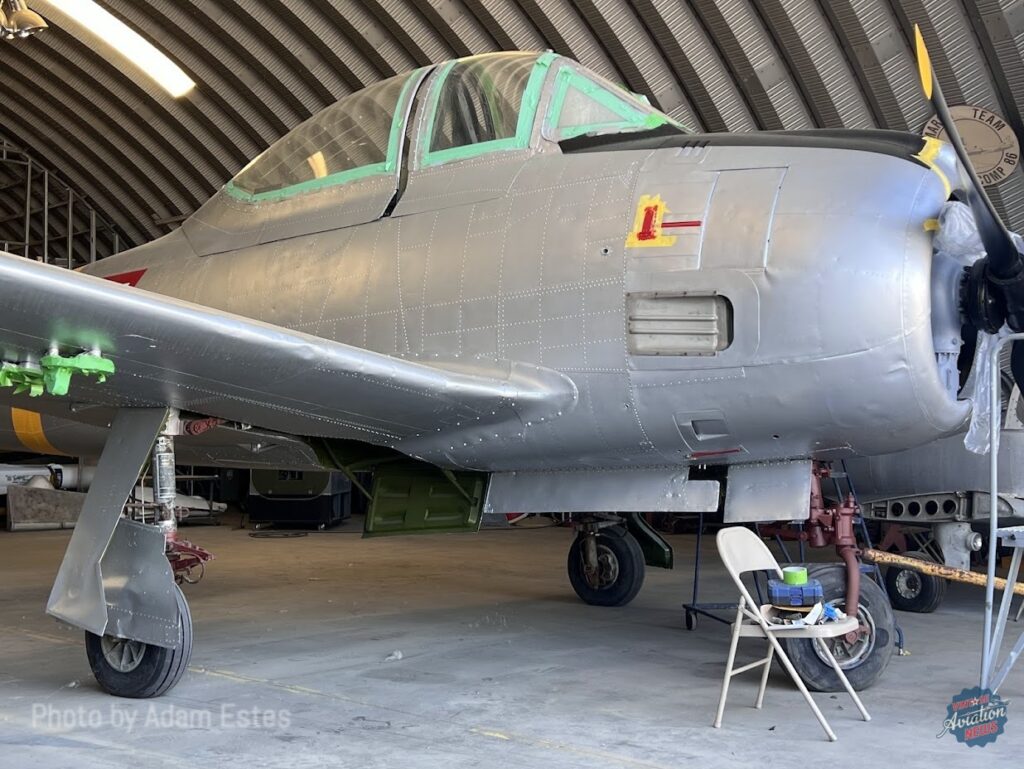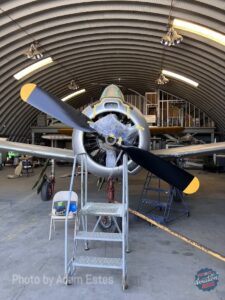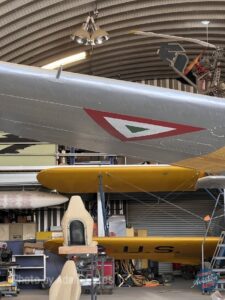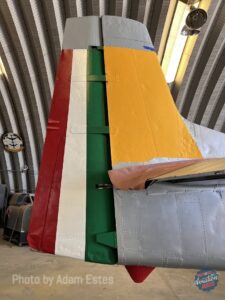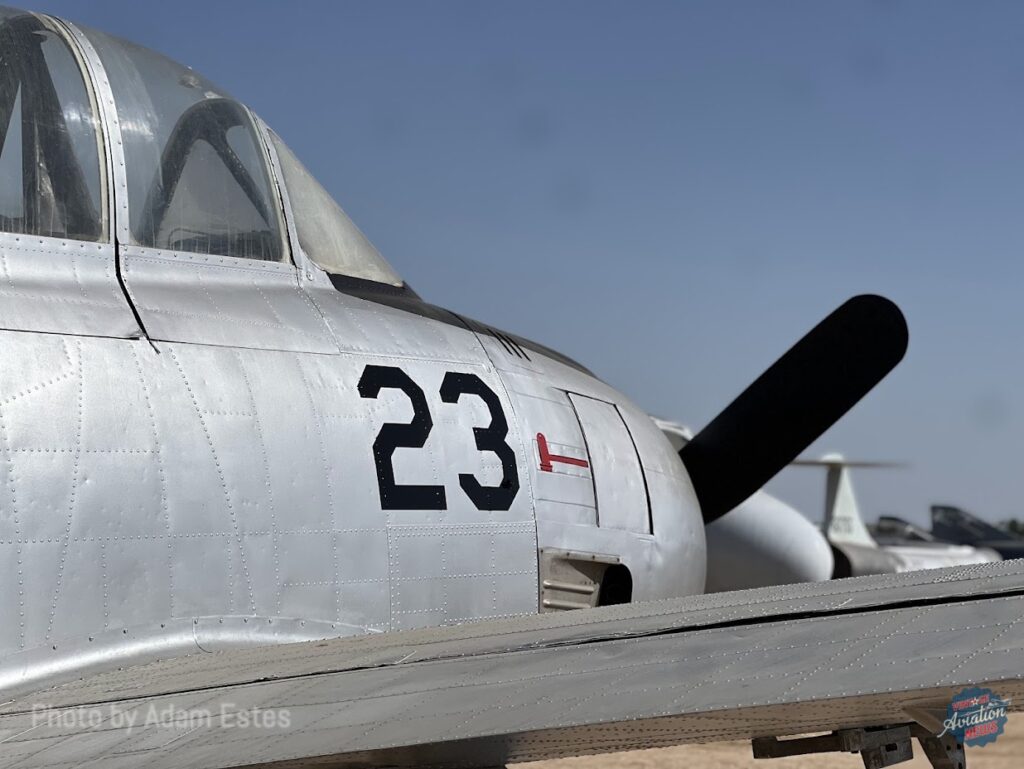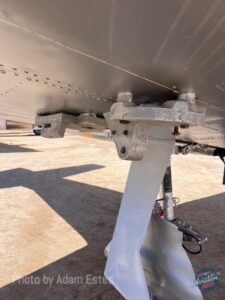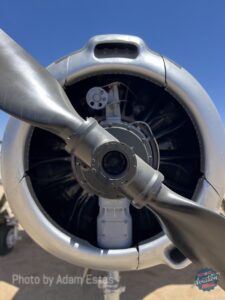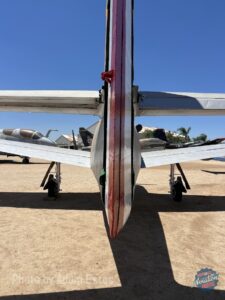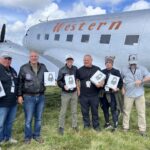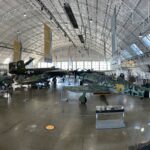In previous articles covering the restoration efforts of the March Field Air Museum (MFAM) in Riverside, California, we have focused on individual aircraft, such as the museum’s combat veteran B-29 Superfortress, and the trio of Sabres, A, L, and H-models, all of which have a connection to the region. More recently, another aircraft saved from oblivion by the museum, a North American T-28A Trojan, which now sits proudly on display in the colors of the Mexican Air Force (Fuerza Aérea Mexicana; FAM).
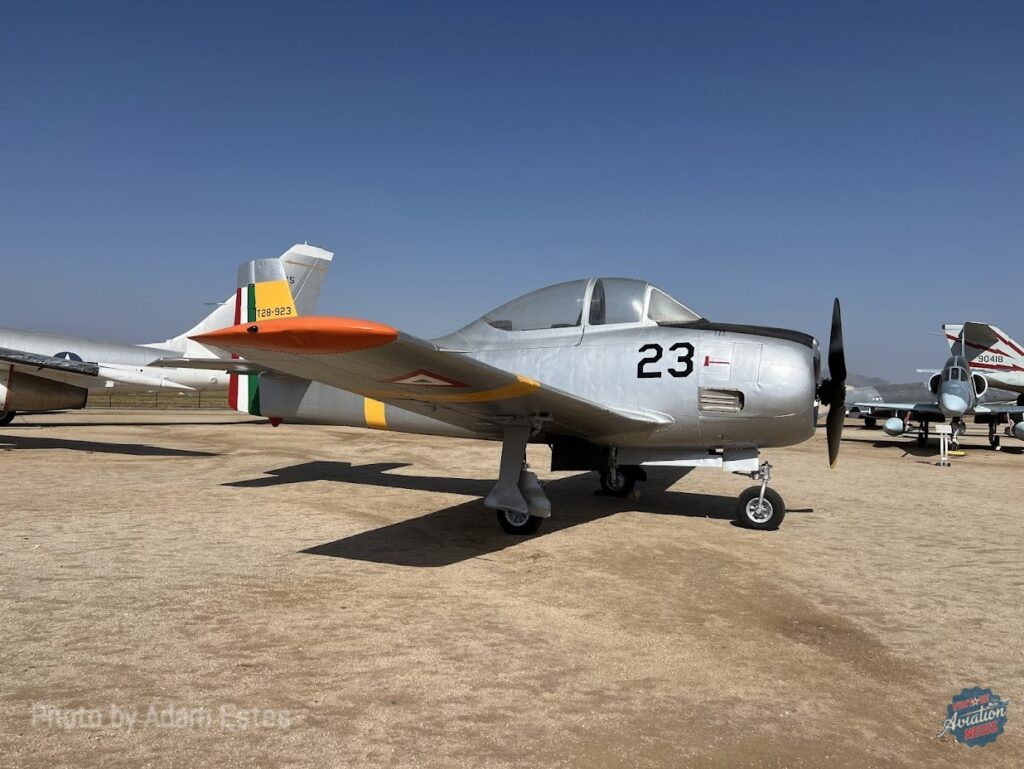
While many are familiar with the Trojan, from the throaty growl of its Wright R-1820 Cyclone and service in the US Army, Air Force, and Navy, to its role as a counterinsurgency aircraft, a role where it saw extensive combat from Vietnam to Algeria. However, many who are unacquainted with the wider history of the T-28 will little note the fact that the early operational variant of the Trojan, the T-28A, was originally powered by the Wright R-1300 Cyclone 7, a single row developed of the Wright R-2600 Twin Cyclone radial engine. These Trojans featured a large two bladed propeller, while later variants fitted with the R-1820 featured a three-bladed propeller. Later, many T-28As found themselves in the employ of several foreign air forces, including Mexico, which used the Trojans as both trainers and ground attack aircraft.
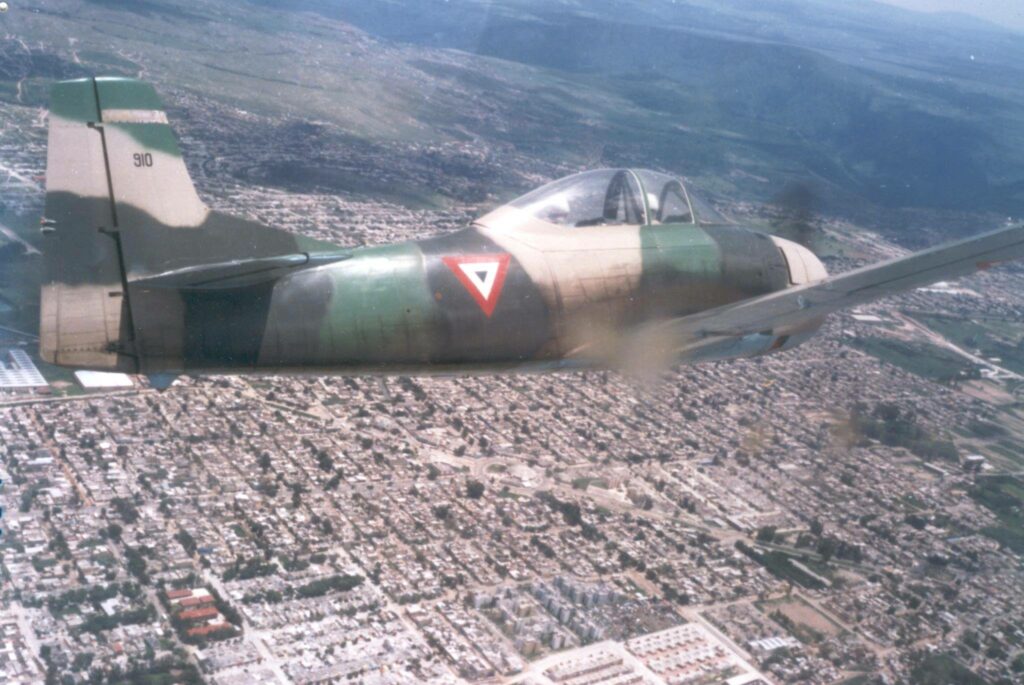
In total, FAM operated approximately 32 T-28s, which were flown by several squadrons, the most noteworthy of which was Escuadrón 201- the Aztec Eagles. This unique unit is known for its role in flying combat missions in P-47 Thunderbolts during the liberation of the Philippines in 1945, as part of the Mexican Expeditionary Air Force, the only Mexican military unit to serve in combat outside of Mexico. To this day, Escuadrón 201, which currently operates the Pilatus PC-7 Turbo Trainer, is celebrated by aviation historians on both sides of the U.S.-Mexico border.
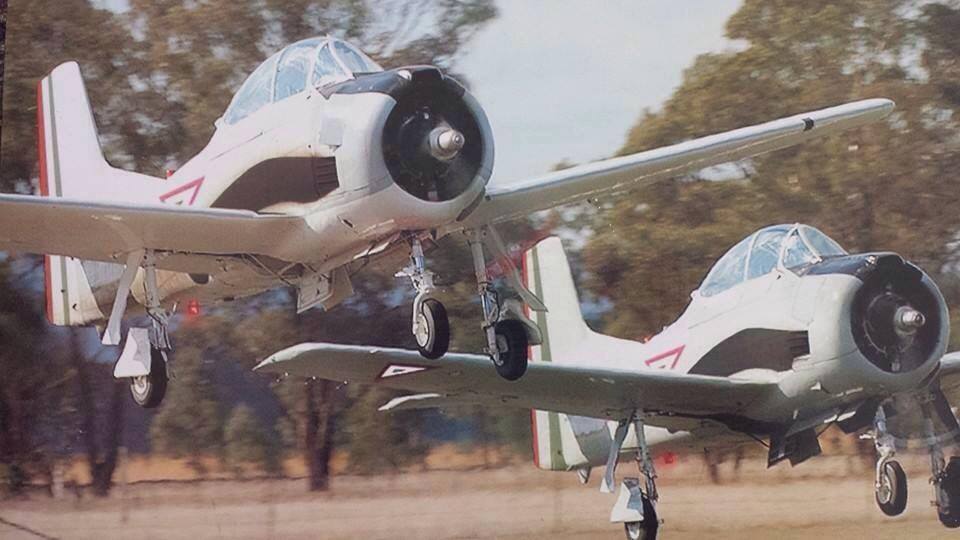
The MFAM has obtained no less than two former FAM T-28As for its collection, both of which were obtained as derelict airframes from some rather interesting locations. The first of these is T-28A USAF #49-1617, which has been commonly identified as FAM 907. Upon returning to the United States, the aircraft was registered as N7647C, but little is known about its civilian life. Eventually, the aircraft was disassembled and stored outdoors without an engine or propeller at David Tallichet’s Proud Bird Restaurant in Los Angeles. By 2019, the aircraft had been donated to the MFAM by the Los Angeles-based California Air Heritage Foundation. Though ‘617 has its wings and landing gear, and a R-1300 had been sourced for it, the aircraft was still missing many components and it currently sits in the museum’s outdoor storage area.
The second Trojan, T-28A USAF #50-0203, was obtained by the museum and came from a rather unusual venue, the Ruckus Paintball Range in Albuquerque, New Mexico, where the aircraft was half-buried in the sand with tires stacked around it. This aircraft was accepted into the USAF on April 30, 1951, and served at Reese AFB near Lubbock, Texas, and Spence AFB in Moultrie, Georgia. With the arrival of the Jet Age, ‘203 was placed into storage at Davis-Monthan AFB in Tucson, Arizona on December 16, 1957, before being transferred to FAM through the Military Assistance Program (MAP) on September 11, 1958. Little has been published about the aircraft’s time in Mexico, or exactly how it ended up on the paintball range. Fortunately, though, just as the MFAM’s restoration and recovery team was already seeking another training aircraft, Ruckus Paintball agreed to sell the Trojan. So, in 2021, a recovery team led by Alex LaBonte Jr. and Greg Stathatos, picked up the Trojan from Ruckus, along with a Nanchang CJ-6 fuselage from another owner. Shortly after the team had set out for New Mexico, their trucks and trailers arrived back at March with the two old trainers in October of that year, ready to become the latest restoration projects at the museum.
Given that ‘203 is more complete than ‘617, it was decided to focus on making this aircraft a more complete representative for the museum. Sand had to be removed from all crevasses of the aircraft, and missing parts had to be located, fabricated, and at times cannibalized from ‘617.
Yet another challenge for the museum was determining the exact paint scheme for the aircraft. At the MFAM, aircraft on display there are finished in markings that they wore during their service lives, be it their first, last, or most interesting and/or unique assignment. With many Trojans in the United States marked in American colors, the MFAM decided to preserve their Trojan in its Mexican colors. However, in light of the fact that researchers were unable to find the FAM serial for 50-0203, it was decided to paint the aircraft as FAM 923, after a photograph of that aircraft in Mexican service was obtained.
Finally, after over two years of work, 50-0203, in the markings of FAM 923, was completed and towed to the museum’s display area. With the aircraft now on display, T-28A USAF #50-0203 highlights the cooperation between the United States and Mexico, and is bound to be of interest to aviation enthusiasts, both for sporting the Mexican Air Force colors, but in the fact that it is rarer to see a two-bladed, Wright R-1300 powered Trojan than the more ubiquitous examples equipped with R-1820s and three-bladed propellers, and with a good number of aircraft already displayed around it, the Trojan may yet have more aircraft join it on display in the coming years. For more information about the March Field Air Museum, visit www.marchfield.org.









